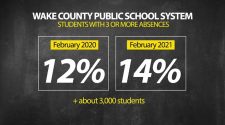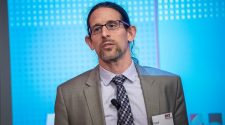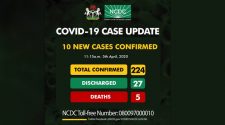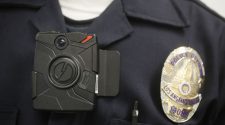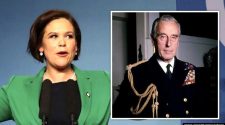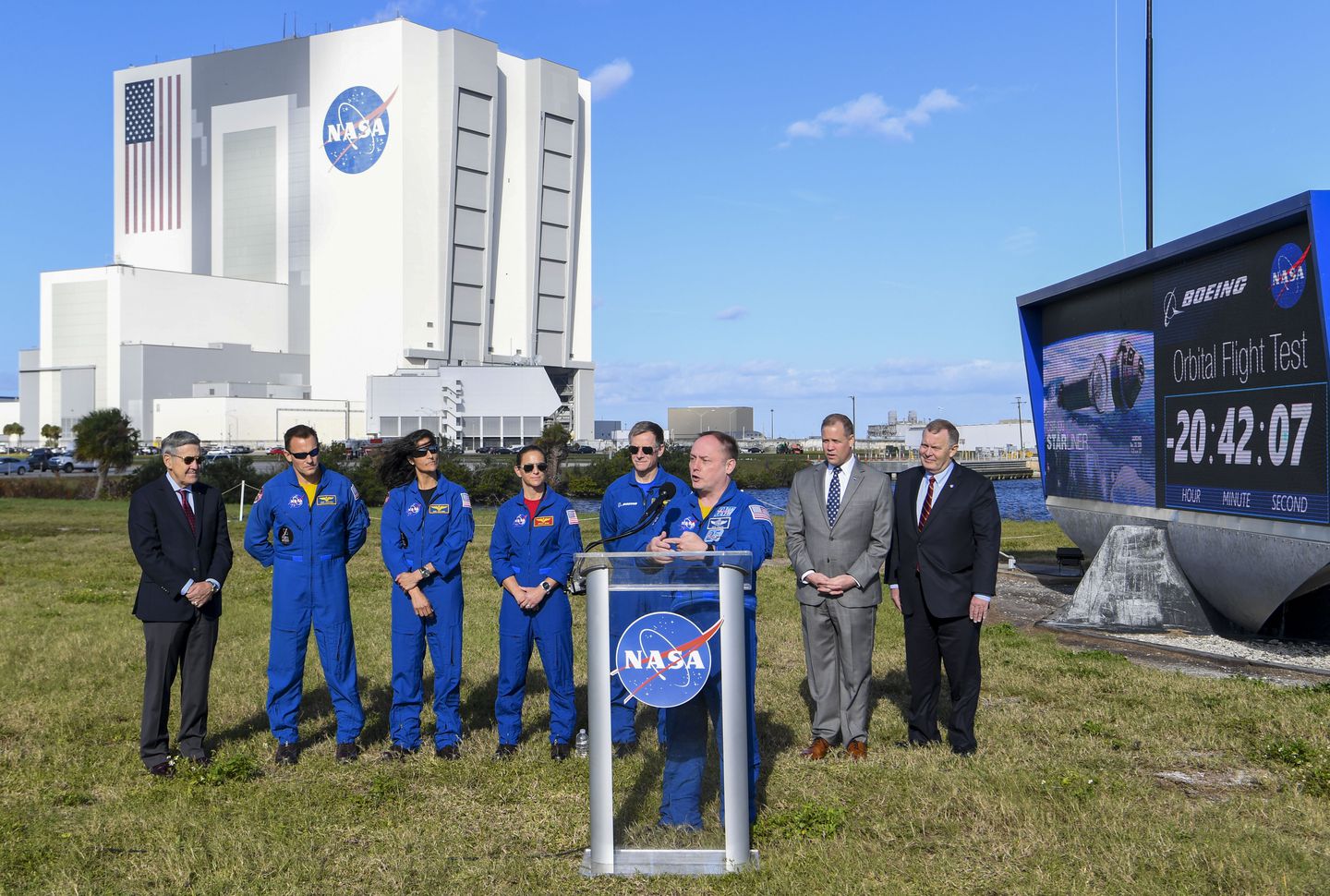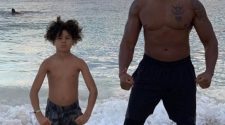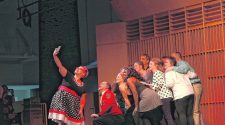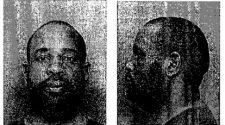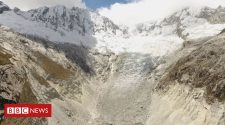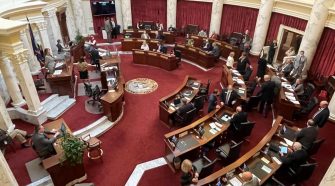NASA said plans for the capsule to rendezvous with the space station Saturday had been canceled and that the Starliner would attempt to land in the New Mexico desert on Sunday. The mission had been scheduled to last eight days.
There were no crew members aboard the flight, the first for the Boeing spacecraft in what was considered a critical test to NASA’s plans to regain the ability to launch American astronauts from U.S. soil.
It also came at a critical moment for Boeing, which has struggled since the fatal crashes of two 737 Max airliners more than a year ago led to the worldwide grounding of its most popular aircraft. Boeing initially said it expected the aircraft to return to service, but anticipated fixes did not happen and last week Boeing announced that it would temporarily suspend production of the aircraft in January.
Boeing shares tumbled more than 1.2 percent after the launch and were hovering just above $329 a share in late-morning trading.
The failure of the Starliner capsule to achieve the correct orbit came after what appeared to be a flawless on-time liftoff Friday morning. NASA said the spacecraft was stable and that officials on the ground “have spacecraft control. The guidance and control team is assessing their next maneuver.”
In a tweet, NASA Administrator Jim Bridenstine said a burn needed for the spacecraft to meet up with the space station “did not happen” and that officials are “working the issue.”
In a subsequent statement, Boeing said: “The spacecraft is currently in a safe and stable configuration. Flight controllers have completed a successful initial burn and are assessing next steps. Boeing and NASA are working together to review options for the test and mission opportunities available while the Starliner remains in orbit.”
The launch appeared to go flawlessly at 6:36 a.m. as the Atlas V rocket, operated by the United Launch Alliance, took off just before dawn. After a few minutes, the first engine cut off, the second stage took over, and finally the spacecraft was flying freely. At 31 minutes after launch, the Starliner’s engines were supposed to ignite.
The flight is a key test for Boeing, which has faced withering criticism in the wake of two crashes of its 737 Max airplanes, killing 346 people.
Why the thrusters didn’t fire on time will be the subject of intense investigation. NASA hired Boeing to build the capsule and Bridenstine on Thursday said he had complete confidence in the aviation giant. “We’re very comfortable with Boeing as a company,” he said Thursday. “Look at the history that Boeing has delivered on behalf of the United States of America. There is a lot of history here. There is a lot of capability here.”
He added that NASA’s engineers had been “embedded side by side with Boeing’s engineers” and that “every piece of this spacecraft is being certified by NASA.”
Since the space shuttle was retired in 2011, the space agency has been forced to rely on Russia to ferry its astronauts to the space station, the orbiting laboratory some 240 miles up. In 2014, Boeing and SpaceX won contracts, worth $6.8 billion combined, to build spacecraft designed to fly NASA astronauts there — and restore human spaceflight from U.S. soil.
“We’re moving into a new era,” Bridenstine said Thursday. “We are going to launch American astronauts, on American rockets, from American soil for the first time since the retirement of the space shuttles.” The first flight with astronauts on board, he said would take place “in the first part of next year.”
It was unclear how Friday’s failure would affect that schedule. In a statement, Vice President Mike Pence, who has been the Trump administration’s point man on crewed spaceflight, said that he’d been briefed by Bridenstine, who assured him that “NASA will continue to test and improve, in order to return American astronauts to space on American rockets in 2020.”

